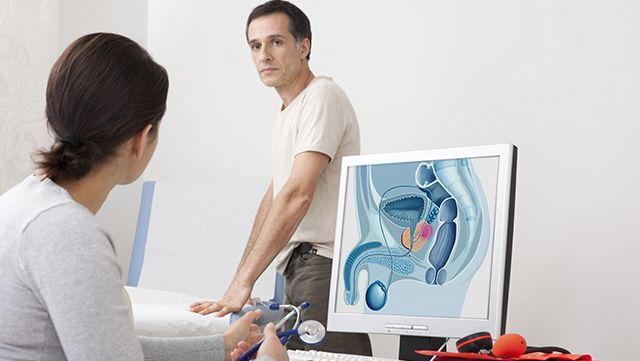Your treatment will depend on a number of factors, including your age, whether the cancer has spread, and if so, how far. There are various treatments available. Your surgeon may use treatments on their own or you may have a combination of different treatments.
Active monitoring
Sometimes, particularly for slow-growing tumours, no treatment is the best course of action. This is often called active monitoring or watchful waiting. Your condition will be closely monitored by your doctor with routine check-ups. If tests show that the cancer is growing or causing symptoms, your doctor may suggest that you start having treatment.
Surgery
Surgery is a common treatment for prostate cancer. It's most suitable for otherwise healthy men (usually, those under 70) whose cancer hasn't spread beyond their prostate. There are several types of surgery used, including:
- radical prostatectomy - a major operation to remove the whole of your prostate and some surrounding healthy tissue
- keyhole surgery (a laparoscopic prostatectomy) where your prostate is removed through smaller incisions and robot-assisted surgery
- very rarely, an orchidectomy - where your surgeon removes your testicles to get rid of the main source of the male sex hormone testosterone, which can help the cancer grow
Sometimes, if part of the prostate cancer is pressing on your urethra, you may have an operation called transurethral resection of the prostate (TURP) to relieve your symptoms and make it easier for you to pass urine.

